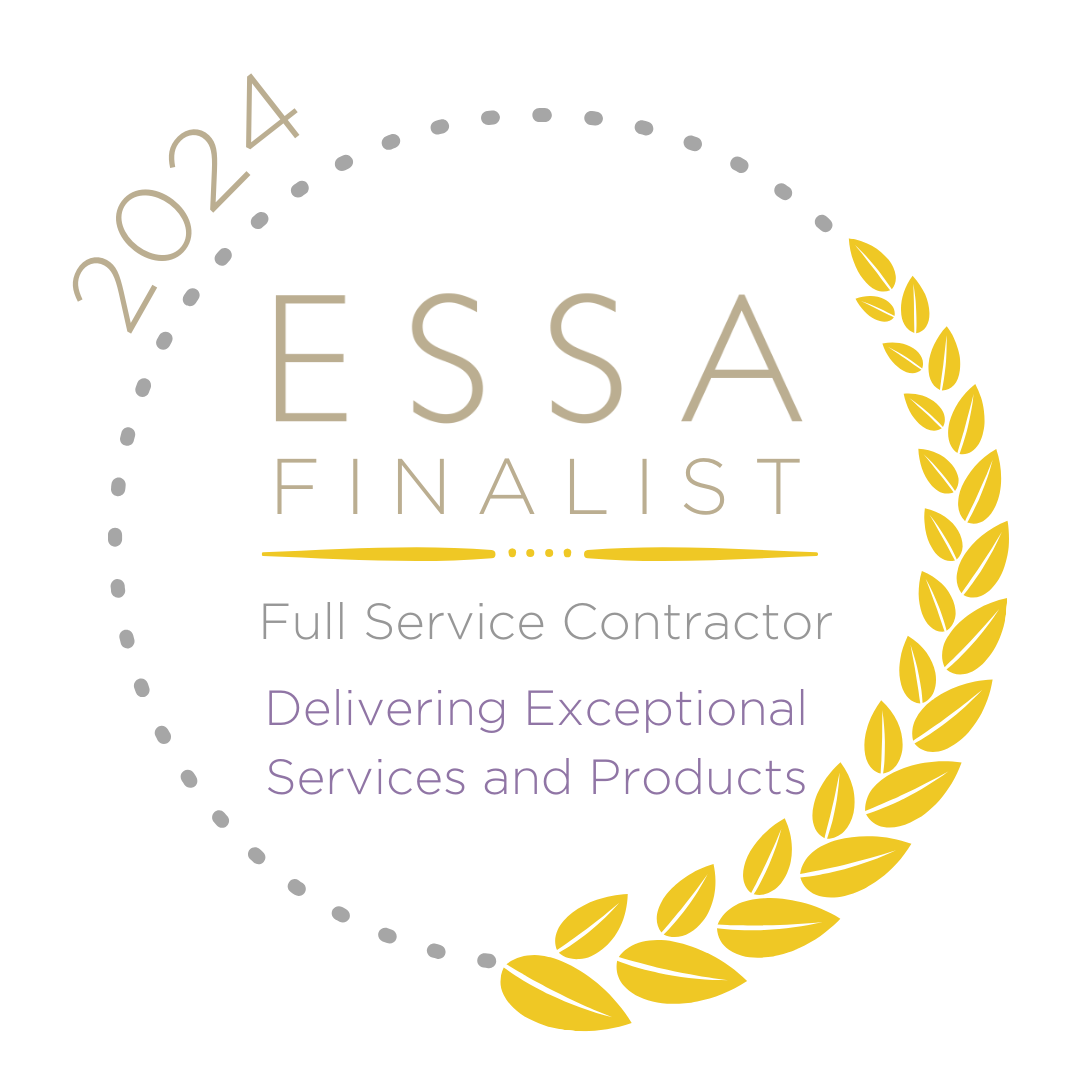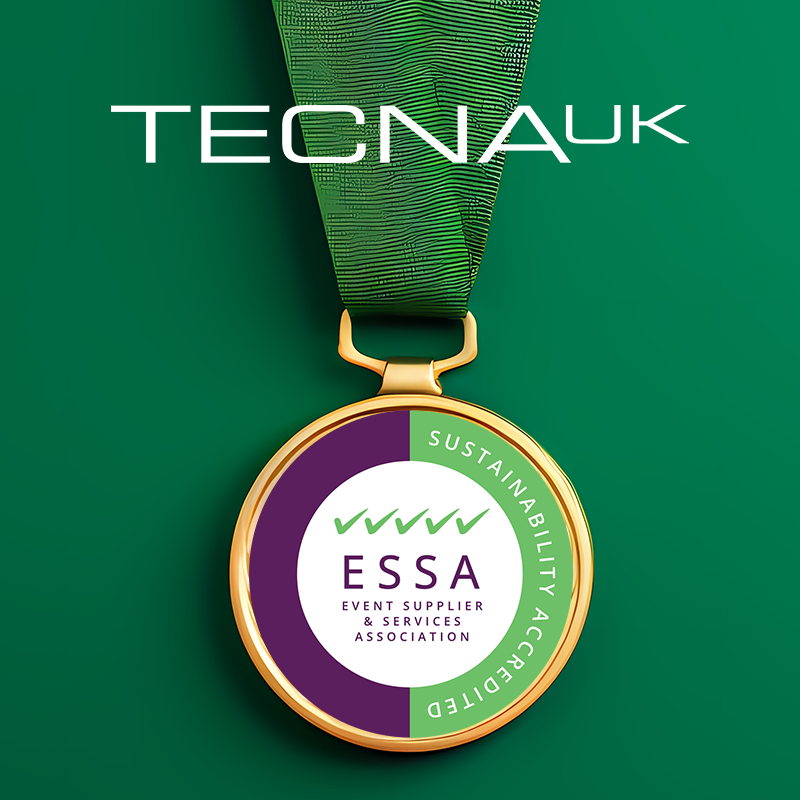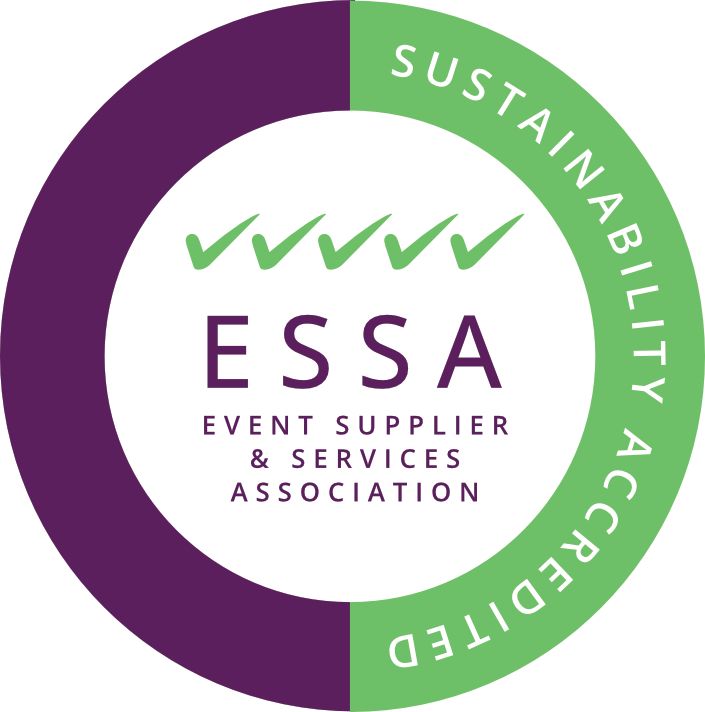10 Top Tips That Will Instantly Improve Your Conversational Marketing
It’s tough out there. Competition is fierce and an oversaturated digital market space is forcing businesses to seek out new and innovative marketing strategies that will cut through the noise and drive business growth.
But how? Wherein lies the answer? The simple truth is that businesses striving to get their messages heard need to focus on traditional channels. Conversations are in. Or, more specifically, conversational marketing.
What is Conversational Marketing?
At its core, conversational marketing is a marketing methodology that allows for a two-way flow of conversation. Rather than pushing messaging and information that flows one-way, conversational marketing allows potential buyers to float the conversation back to you – and in real time.
Conversational marketing can be both digital and physical. In the digital sphere, it takes the form of chatbots and online help assistants. In the physical, it equates to face-to-face interactions.
While digital conversations from chatbots are great for answering quick queries and offering immediacy, they can’t quite match the persuasive potential of in-person interactions.With face-to-face meetings, you can bring the human touch to your conversations to set yourself apart from predominantly digital players.
Conversational Marketing Has to be Done Right!
But it’s got to be done right. You need to lay the groundwork for meaningful interactions, and avoid missteps that will frustrate, rather than please, potential buyers. Follow our checklist of techniques for better conversational marketing to ensure that you tap into the exciting opportunities afforded by great conversation.
Conversational Marketing Techniques Checklist
1. Book in for Live Events
2. Set the stage with a great Display
3. Include Interactivity
4. Set Out Talking Points
5. Incorporate Meeting Rooms
6. Perfect your Body Language
7. Don’t be too Pushy
8. Conversations Not Transactions
9. Choose your Words Wisely
10. Get Your Staff Informed
1. Book Yourself Into Live Events
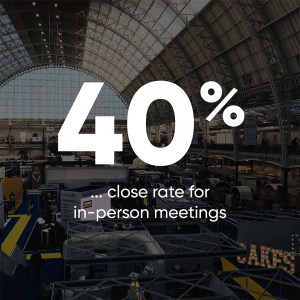
Trade shows, conferences, expos – live events offer up unparalleled opportunities to get conversing with valuable leads from your industry. And this is because live events are attended by like-minded industry professionals with aligned interests.
95% of marketers share this sentiment, stating that they view live events as a valuable opportunity to form in-person connections (Bizzabo).
Furthermore, 40% of businesses view live events as their top way to source valuable leads (Chief Marketer). And, if that’s not enough to convince you, the close rate for in-person meetings stands at a substantial 40% (Hubspot).
2. Set the Stage with a Great Display
When you’re conducting your conversations with potential buyers, you need to set the scene for meaningful interactions. And this starts with first impressions.
Creative display stands, stalls, booths or stages with high visual impact are likely to draw people towards you and give them an impressive first glimpse into your brand. One that excites and intrigues and gets them wanting to find out more about what you have to say.

3. Integrate Interactivity
Never underestimate the importance of interactivity. We’re in the midst of an experiential marketing boom.
Thanks to a growing number of people seeking out experiences – we’re looking at you, millennials – buyers have come to expect more than just transactions. They want their purchases to hold some sort of experiential value.
You can integrate interactivity in a number of ways to generate experiential value. Add photobooths into your displays and pair these up with sharing apps (45.3% of exhibitors use both of these). Or, create social walls (46% of exhibitors use these).
Both of these are also prime examples of Phygital technologies, a key focus for many businesses at the moment.

4. Create Talking Points
What better way to stoke the fire of conversation than with some interesting talking points?
If products are part of your offering, have showcasing units nearby or use illuminated shelving to spark interest and give you something to talk about.

5. Incorporate Meeting Rooms
Why not make your conversations a little more personal by creating a space for better one-on-one interactions?
If you’re at a live event, incorporate a meeting room into your modular display. That way, you’re letting your potential buyer know that you are giving them your undivided attention.
51% of business believe that one-on-one interactions are key to furthering an organisation’s business goals (CMO Council & E2MA).So, make sure you facilitate them with meeting areas.

6. Perfect Your Body Language
93% of communication happens through nonverbal communication, a figure made up of 38% tone of voice and 55% body language (Mehrabian, 1971). And with stats like that, the importance of body language speaks for itself.
Everything from the openness of your posture, the visibility of your palms and the length of eye contact can contribute to the impression you give off.
Likewise, a hand shake can make or break your conversational efforts. 72% of people say their impressions are impacted both by someone’s appearance and their handshake (Sales Innovation Expo 2019).

7. Don’t Be Pushy
When we talk about effective conversational marketing, the clue is right there in the name: conversational.
Whether you’re pitching to a B2C buyer or a B2B buyer, don’t be too pushy. Because, in the end, they’re all human. They want to be heard.
For instance, one survey found that 61% of buyers viewed a salesperson’s ability to ‘not be too pushy’ as essential to a positive sales experience (Hubspot).
So, engage potential clients in stimulating conversation. Don’t just dive straight in with your sales pitch.

8. Conversations Not Transactions
When you are partaking in conversations, be an active listener. Don’t just think about your response or what you want to say next.
When it is your turn to talk, act as a valuable source of information. 61% of buyers cited providing relevant information as a necessary component of a positive buying experience (Hubspot).
By being both attentive and informative, you’ll build up your reputation, as well as a sense of trust. This will, in turn, lead to higher conversion and retention rates (CEO World).
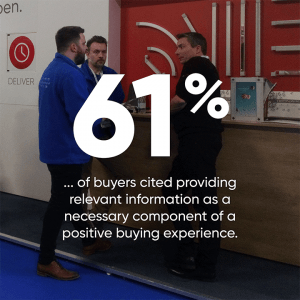
9. Choose Your Words Wisely
Think carefully about your choice of words.
Top performing salespeople are up to 10 times likelier to use collaborative words and phrases than low-performing ones (Chorus). That is, they favour words, such as “we,” “us,” “our,” and “together” over “you,” “I,” “me,” and “your.”
The most successful salespeople are also five times more likely to use words that instil feelings of confidence, such as “certainly,” “definitely,” and “absolutely,” than low performing sales people.

10. Well-Informed Staff
If you want to inspire buyers and build up your identity as a reputable source of valuable information, inform your staff. You may have a great display to form the backdrop for your conversation, but if your staff can’t offer up anything interesting or informative, prospects will be looking for a quick escape. If you want a mutually beneficial, meaningful conversation, make sure your staff know their stuff.
So, there you have our definitive list of ten techniques for better conversational marketing. Why not give some, or all, of them a go at your next event and unleash the power of proper, full-on conversational marketing!
Interested in finding out if events are worth the investment? Check out 27 stats to prove they are a catalyst for business success!
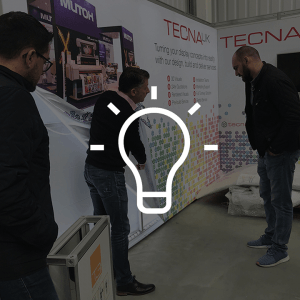
Copyright © 2023 All Rights Reserved by Tecna UK Ltd Registered Company Number: 06459394

